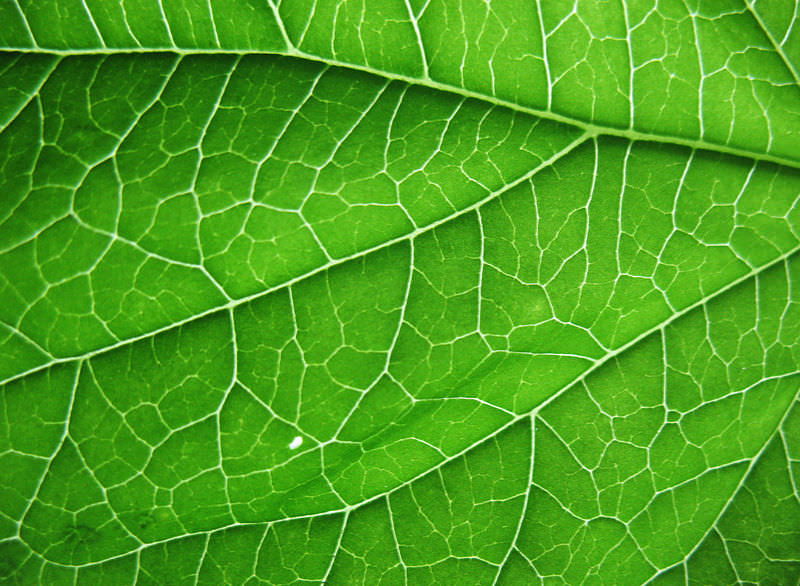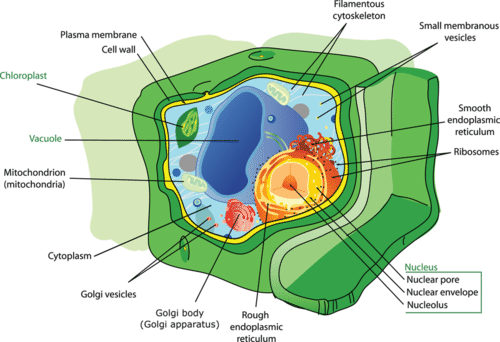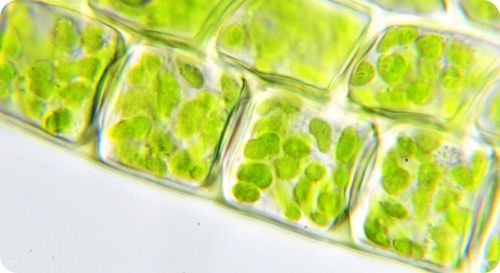READ: Plant Cells
READ: Plant Cells
Do plants have cells like yours?
Yes, your cells are actually very similar to a plant's cells. For example, they are both eukaryotic cells, both contain DNA in a nucleus, and both make proteins in ribosomes. However, plant cells also differ in some crucial ways from your own cells.
Chloroplasts
Even though plants and animals are both eukaryotes, plant cells differ in some ways from animal cells. Plant cells have a large central vacuole, are surrounded by a cell wall, and have chloroplasts, which are the organelles of photosynthesis. Photosynthesis converts the sun's solar energy into chemical energy. This chemical energy, which is sugar, serves as "food" for the plant.
A plant cell has several features that make it different from an animal cell, including a cell wall, huge vacuoles, and chloroplasts, which photosynthesize.
Vacuoles
First, plant cells have a large central vacuole that holds a mixture of water, nutrients, and wastes. Vacuoles are like storage compartments. A plant cell's vacuole can make up 90% of the cell’s volume. The large central vacuole essentially stores water. In animal cells, vacuoles are much smaller.
Cell Wall
Second, plant cells have a cell wall, while animal cells do not. The cell wall surrounds the plasma membrane but does not keep substances from entering or leaving the cell. A cell wall gives the plant cell strength and protection.
In this photo of plant cells taken with a light microscope, you can see green chloroplasts, as well as a cell wall around each cell.
Summary
- Plant and animal cells differ in that plants have a large central vacuole, while animals have smaller vacuoles.
- Plant cells have chloroplasts to do photosynthesis.
- Plant cells also have cell walls while animal cells do not.


